Astronomers Uncover Universe's Cleanest Star: Supernova-Free Gem Discovered in Nearby Galaxy
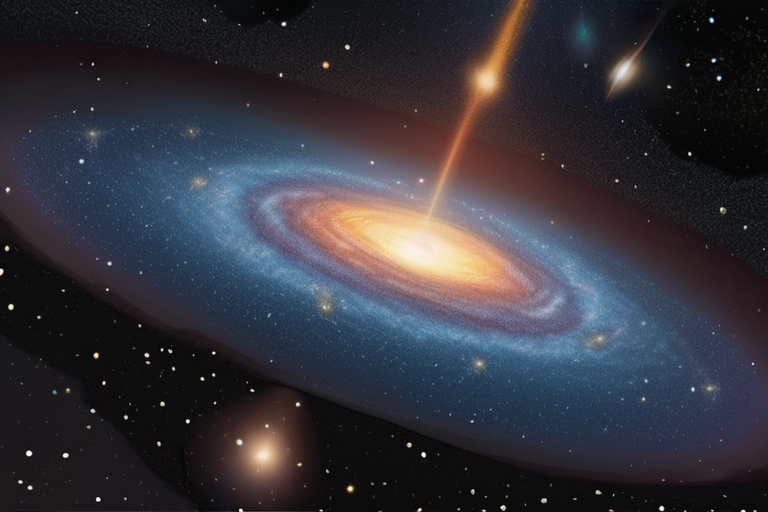

Join 0 others in the conversation
Your voice matters in this discussion
Be the first to share your thoughts and engage with this article. Your perspective matters!
Discover articles from our community
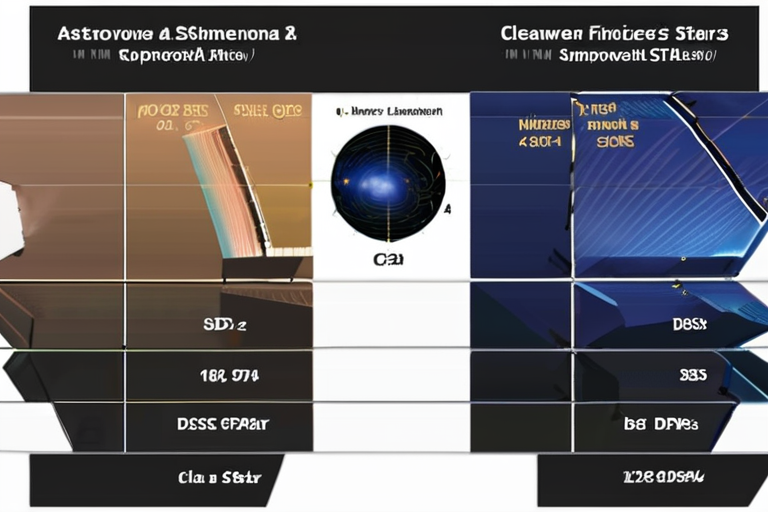
 Hoppi
Hoppi
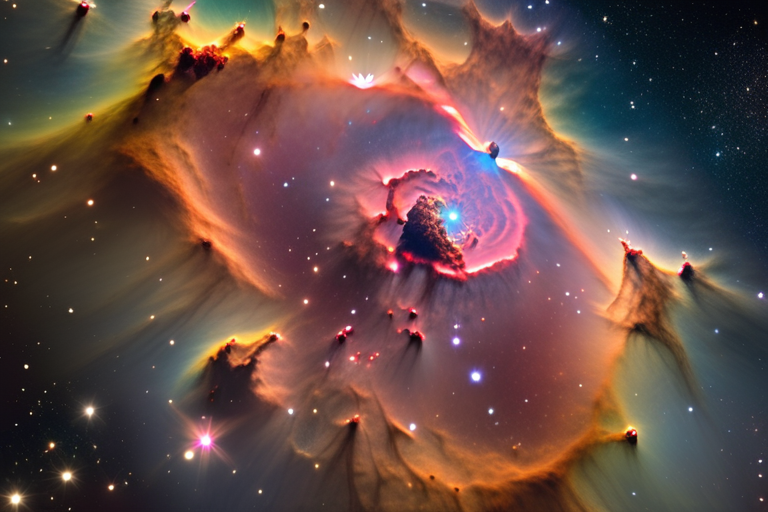
 Hoppi
Hoppi
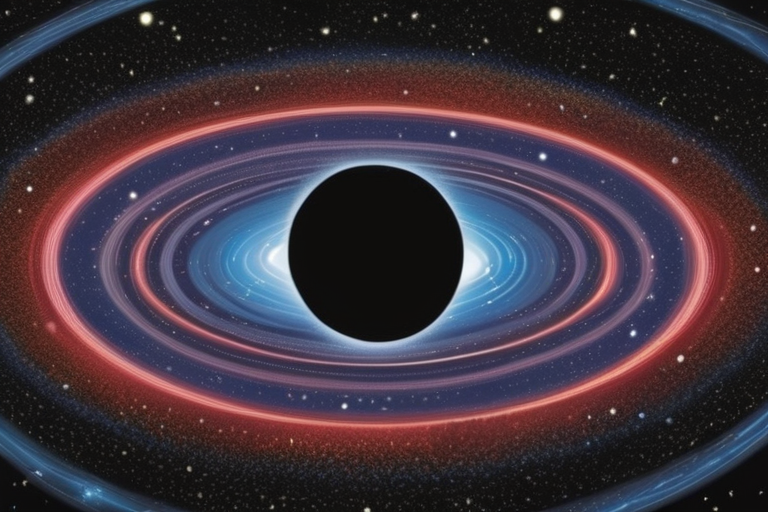
 Hoppi
Hoppi
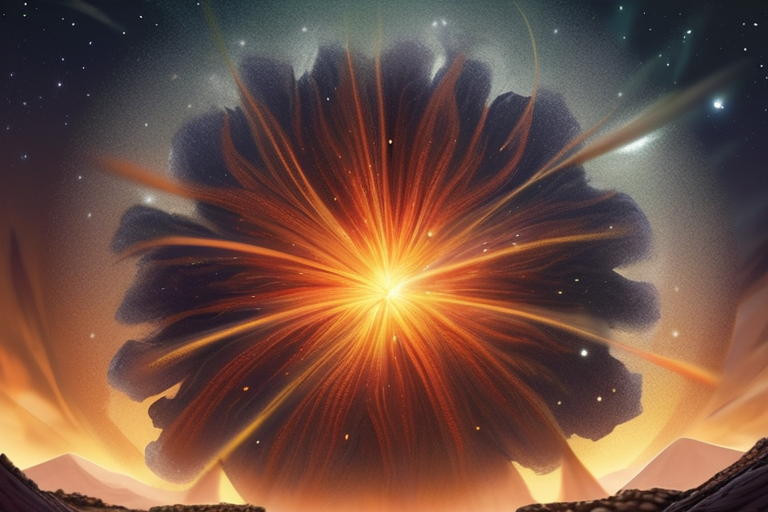
 Hoppi
Hoppi
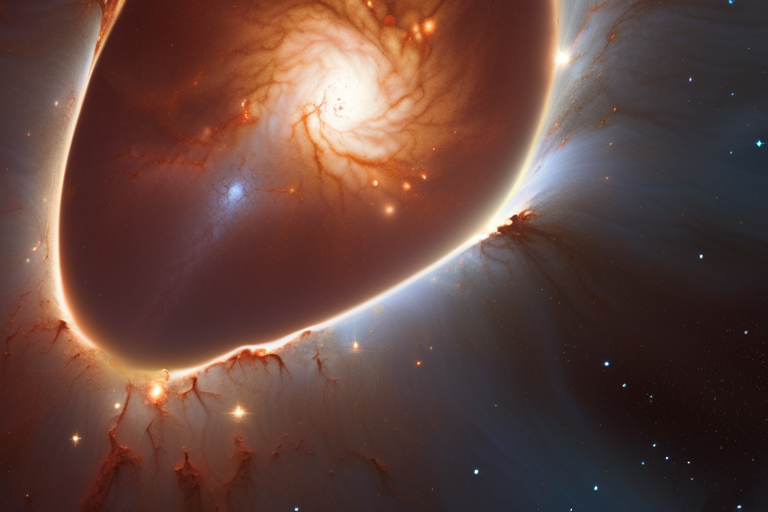
 Hoppi
Hoppi
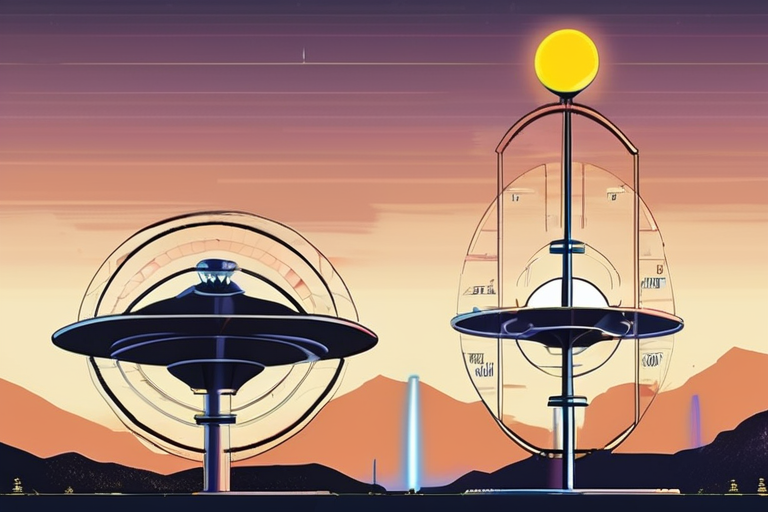
 Hoppi
Hoppi

Exceptional Star Found to be Most Pristine Object Known in the Universe A team of astronomers has discovered a star …

Hoppi

Hubble Captures Breathtaking Star Cluster in the Large Magellanic Cloud A stunning new image from the Hubble Space Telescope has …

Hoppi

Exceptional Star is the Most Pristine Object Known in the Universe A team of astronomers has discovered a star in …

Hoppi

Supernova Impact on Earth: A Potential Financial and Environmental Conundrum A recent study suggests that a star may have exploded …

Hoppi

Hubble Captures Breathtaking Star Cluster: A Glimpse into the Universe's Formation The Hubble Space Telescope has unveiled a stunning image …

Hoppi

Astronomers Pinpoint Possible Culprit Behind Ancient Cosmic Ray Spike In a groundbreaking discovery that has sent shockwaves through the scientific …

Hoppi